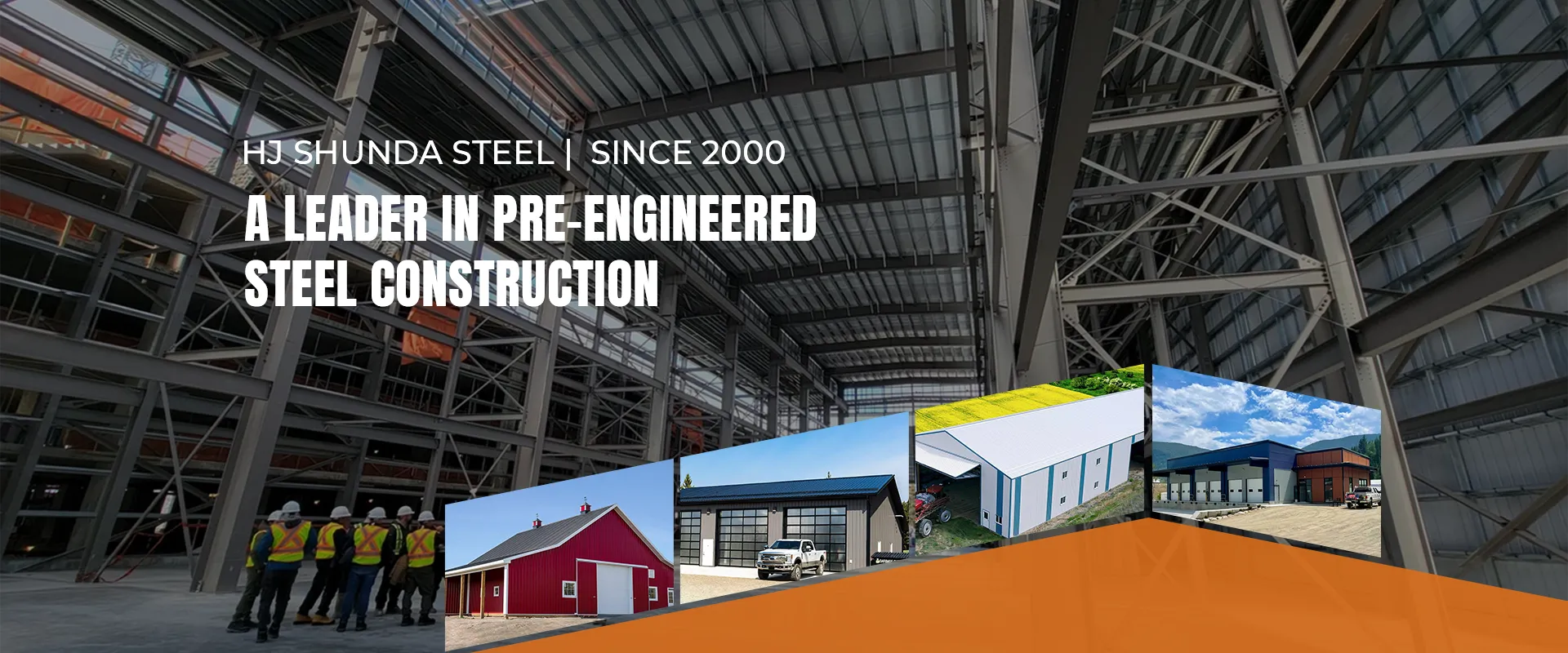- Afrikaans
- Albanian
- Amharic
- Arabic
- Armenian
- Azerbaijani
- Basque
- Belarusian
- Bengali
- Bosnian
- Bulgarian
- Catalan
- Cebuano
- Corsican
- Croatian
- Czech
- Danish
- Dutch
- English
- Esperanto
- Estonian
- Finnish
- French
- Frisian
- Galician
- Georgian
- German
- Greek
- Gujarati
- Haitian Creole
- hausa
- hawaiian
- Hebrew
- Hindi
- Miao
- Hungarian
- Icelandic
- igbo
- Indonesian
- irish
- Italian
- Japanese
- Javanese
- Kannada
- kazakh
- Khmer
- Rwandese
- Korean
- Kurdish
- Kyrgyz
- Lao
- Latin
- Latvian
- Lithuanian
- Luxembourgish
- Macedonian
- Malgashi
- Malay
- Malayalam
- Maltese
- Maori
- Marathi
- Mongolian
- Myanmar
- Nepali
- Norwegian
- Norwegian
- Occitan
- Pashto
- Persian
- Polish
- Portuguese
- Punjabi
- Romanian
- Russian
- Samoan
- Scottish Gaelic
- Serbian
- Sesotho
- Shona
- Sindhi
- Sinhala
- Slovak
- Slovenian
- Somali
- Spanish
- Sundanese
- Swahili
- Swedish
- Tagalog
- Tajik
- Tamil
- Tatar
- Telugu
- Thai
- Turkish
- Turkmen
- Ukrainian
- Urdu
- Uighur
- Uzbek
- Vietnamese
- Welsh
- Bantu
- Yiddish
- Yoruba
- Zulu
Nov . 10, 2024 10:40 Back to list
Understanding Metal Warehouse Costs Key Factors and Considerations
In the contemporary landscape of manufacturing and construction, the metal industry plays a pivotal role. With the increasing demand for various metals, the management of metal warehouse costs has become a significant concern for businesses. These costs encompass a range of factors, including storage, handling, inventory management, and logistics. Understanding these components can aid businesses in optimizing their operations and reducing expenses.
What Constitutes Metal Warehouse Costs?
Metal warehouse costs are multifaceted. They can be broken down into several key categories
1. Storage Costs This represents the expenses related to the physical space used to store metal products. Storage costs can vary based on several factors, including geographical location, facility type, and the overall size and volume of inventory. Warehouses in urban areas typically incur higher rental costs compared to those in rural locations. Additionally, the type of storage solutions employed—whether it’s traditional racking systems or specialized containers for specific metal grades—can significantly influence these expenses.
2. Handling and Labor Costs Handling costs arise from the movement of metal products within the warehouse. This includes the labor required to unload incoming shipments, organize inventory, and prepare items for shipping. Well-trained employees can enhance efficiency, but labor costs can escalate quickly, especially during peak demand periods. Investing in automation technologies, such as forklifts or conveyors, can help mitigate these expenses over time.
3. Inventory Management Costs Effective inventory management is crucial for minimizing waste and ensuring the smooth operation of a business. This involves tracking metal stock levels, forecasting demand, and reordering supplies as necessary. Businesses may incur costs related to inventory management systems, which can range from advanced software solutions to simple manual processes. Poor inventory management can lead to overstocking or stockouts, each with financial implications.
4. Logistics and Transportation Costs The cost of transporting metals from suppliers to warehouses and from warehouses to customers is another critical component. Fluctuations in fuel prices or changes in shipping rates can affect overall logistics costs. Establishing an efficient logistics network and strategic partnerships with transport companies can help in managing these expenses effectively.
5. Maintenance and Insurance Costs Warehouses require ongoing maintenance to ensure the safety and security of metal products. This may include repairs, inspections, and compliance with safety regulations. Additionally, businesses must consider insurance costs to protect against potential losses or damages to inventory. This aspect of metal warehouse costs is often overlooked but can significantly impact the bottom line.
metal warehouse cost

Strategies to Manage Metal Warehouse Costs
Managing metal warehouse costs requires a strategic approach. Here are several effective strategies
- Optimize Layout and Storage Solutions Efficient warehouse layout can minimize unnecessary movement and time spent handling materials. Implementing a systematic approach to storage, such as FIFO (First In, First Out) or LIFO (Last In, First Out), can help streamline operations.
- Invest in Technology Utilizing inventory management systems, automated tracking, and barcoding can enhance accuracy in inventory control and reduce labor costs.
- Regularly Review and Analyze Costs Periodic reviews of warehouse operating costs can uncover inefficiencies. Identifying areas for cost reduction can lead to significant savings.
- Foster Good Relationships with Suppliers Establishing long-term partnerships with suppliers can lead to better pricing agreements, favorable terms, and possibly reduced shipping costs.
- Train Employees Regular training and upskilling of warehouse staff can improve productivity and reduce the likelihood of accidents, directly impacting overall costs.
Conclusion
Metal warehouse costs comprise various elements that are essential to consider for businesses operating in the metal industry. By understanding and managing these costs effectively, companies can enhance profitability, improve operational efficiency, and maintain a competitive edge in the marketplace. In an industry that continuously evolves, staying informed and adapting to new trends in warehousing and logistics will be pivotal in ensuring robust financial health and agility in meeting demand.
-
Steel Frame Modular Construction for Housing
NewsAug.07,2025
-
Steel Construction Factory Processes
NewsAug.07,2025
-
Portal Frame Shed for Sale: Delivery Options
NewsAug.07,2025
-
Metal Workshops for Sale: Insulation Solutions
NewsAug.07,2025
-
Metal Steel Building Manufacturers: Post-Construction Services
NewsAug.07,2025
-
Metal Garage Shed Kits: Size Options
NewsAug.07,2025
Products categories
Our Latest News
We have a professional design team and an excellent production and construction team.












